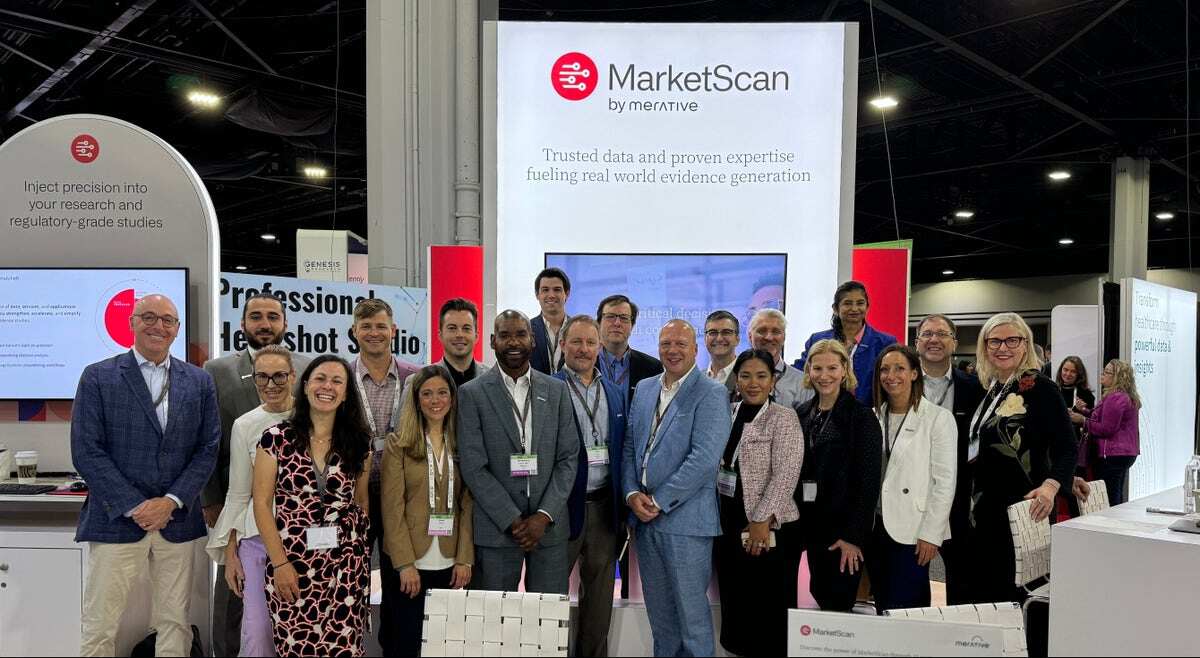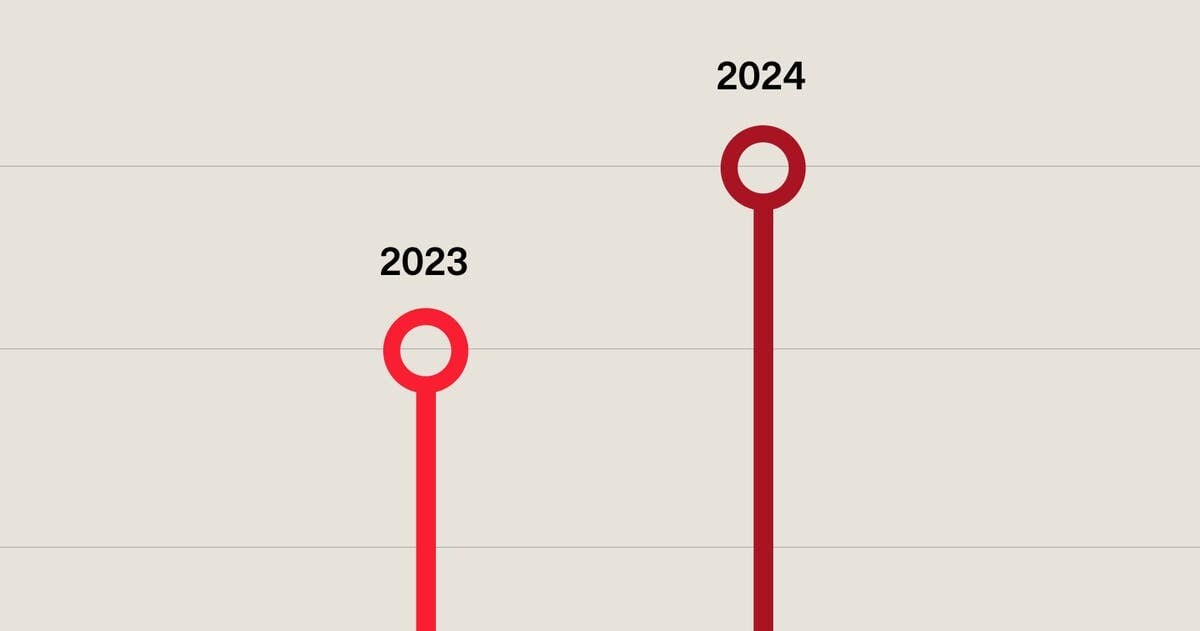Behind the posters: Exclusive insights from MarketScan researchers

Our MarketScan clients and researchers are fueled by curiosity and a passion to answer the most complex healthcare questions. We are proud to share that this year at the ISPOR Global Conference, more than 70 presentations leverage MarketScan real-world data (RWD). Of those, 15 posters were coauthored by our MarketScan researchers, including two in the top 5% finalists for the ISPOR Research Presentation Awards. As we head into this important conference, our researchers share the importance of their work and how it advances real-world evidence (RWE) research.
Is more always better?
In a perfect world, access to complete, timely, and affordable data would be effortless. However, this is not the reality, especially when it comes to incorporating lab data. Administrative claims can provide lab test order information via procedure codes, but the lab results themselves are not captured directly from these claims. You can link the claims databases to a separate lab dataset, but these may only capture results from select lab providers. Thus, it can feel like a constant battle to balance the need to maximize sample size versus the need for the most complete clinical information to achieve research objectives.
In this top 5% finalist poster, MarketScan researchers shed light on this topic by examining whether the number of hemoglobin A1C (HbA1C) lab results increase the ability to predict hospitalization outcomes among patients with diabetes. Being able to augment a lab database by including more data contributors is always welcome, though it can be difficult and costly to accomplish.
“We picked diabetes because these patients are expected to have lab results four times a year. In terms of predicting clinical outcomes like hospitalization, we wanted to gauge if having all four lab values is better than having one. If having more data (lab results) does not translate into added predictability of the statistical model, you may not need to sacrifice sample size as much as you think.”
– Nicole Princic, Practice Leader, MarketScan by Merative
This analysis provides insight into how additional data points impact predictive power, helping researchers make that decision about breadth versus depth. To see the full analysis, visit the poster at ISPOR, “Is More Always Better? A Real-World Data Analysis of Hemoglobin A1C Data in Patients with Diabetes” on May 7 from 10:30 am–1:30 pm. View abstract
How valid is mortality data?
Mortality is one of the most objectively measurable endpoints in health outcomes research, but there are challenges in getting quality mortality information in research-grade RWD. Earlier this year, we introduced a highly anticipated database for researchers to explore – the MarketScan® Mortality Database. With the new database at their fingertips, our researchers were eager to answer questions like, how valid is this mortality data, and how do different sources of death data complement each other?
To address these questions, they conducted a validation analysis to compare inpatient discharge status from claims to deaths reported in the Death Master File (DMF) from the Social Security Administration (SSA). As Nicole Princic puts it: “We know death is a discharge reason recorded in inpatient claims which is likely reliable, but we want to confirm it for both death status and date of death.”
Liisa Palmer, Portfolio Leader of the Research & Analytics team, further commented, “There is a lot of interest in evaluating survival or mortality within the broader research environment, but there is no single data source that has it all. You usually have to use information from a variety of sources to accomplish what you need. A critical question to ask is to what extent the data from different sources are complementary to each other.”
This poster presentation will provide users with important information about validity when using a mortality data source. To see the full analysis, visit the poster at ISPOR, “Evaluation of Mortality Data Sources for Use in Real-World Data Analyses” on May 7 from 3:30 pm – 6:30 pm. View abstract
How accurate is a proxy date of birth?
When researching age-sensitive outcomes, particularly those involving newborns and infants, it’s critical that researchers have access to complete date of birth (DOB) to accurately calculate exact ages (whether in years, months, or days). Elizabeth Packnett, Lead Researcher, noted that “neonatal outcomes of interest typically occur very early in an infant’s life and within a specific window of observation. For Food and Drug Administration (FDA) regulatory submissions, a 90-day period after birth is used to evaluate primary safety outcomes like major congenital malformations. As a result, having the exact, accurate date of birth is critical.”
However, DOB is considered protected health information (PHI) and is often masked or reduced in datasets. As a result, researchers must resort to using a proxy for date of birth, often based on either the first claim or first enrollment record that an infant has in the administrative claims database. Raising the question, how close is the proxy date of birth to the actual date of birth?
There is significant interest in this topic, particularly with the FDA expanding the use of RWD in post-authorization safety work. Elizabeth recalled, “When I presented my work on maternal-infant studies using MarketScan data at a conference last year, people asked me how good the proxy date of birth is because I can access the exact date in MarketScan as an internal user. This is what prompted me to investigate and compare the differences between exact and proxy date of birth.”
“If the observation window of a clinical outcome is 90 days or less, missing the exact DOB by a significant number of days can have a large negative affect on the accuracy of your findings. Having exact DOB can also be critical for other outcomes, for example, a vaccination compliance study. Without the exact DOB, you won’t be able to accurately determine if a patient is receiving the vaccination at the recommended age, which is often based on month of age for childhood vaccinations.”
– Elizabeth Packnett, Lead Researcher, MarketScan by Merative
Findings from this poster will inform researchers about considerations when using different approaches to using and estimating date of birth in their research. To see the full analysis, visit the poster, “Estimating Infant Date of Birth in Administrative Claims Databases: A Comparison of Exact Date of Birth and Date of Birth Proxies” on May 7 from 10:30 am – 1:30 pm. View abstract
Related Articles

Three real-world data research and regulatory trends to watch in 2024 and beyond
The Professional Society for Health Economics and Outcomes Research, known as...
By Merative | 5 min. read

Mortality data: Driving health research forward
Learn how the MarketScan Mortality Database can help generate insights, examine...
By Liisa Palmer | 2 min. read

Building the next generation of MarketScan: A year in review and what’s in store
About a year and a half ago, we said goodbye to IBM Watson Health and set off on an...
By Merative | 4 min. read
Ready for a consultation?
Our team is ready to answer your questions. Let's make smarter health ecosystems, together.
